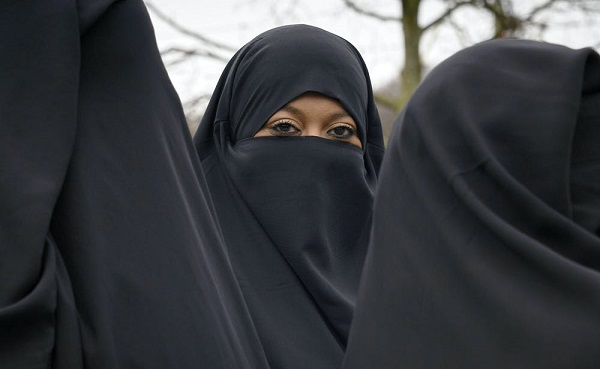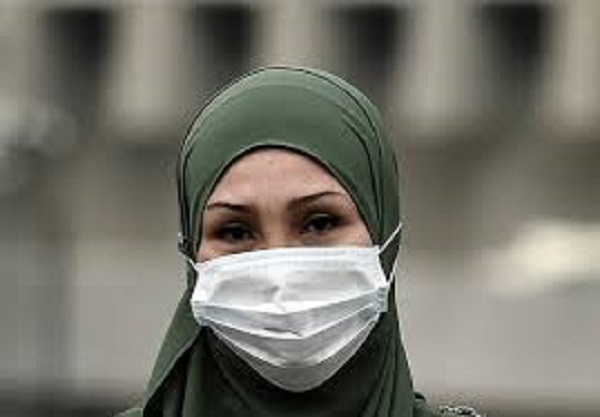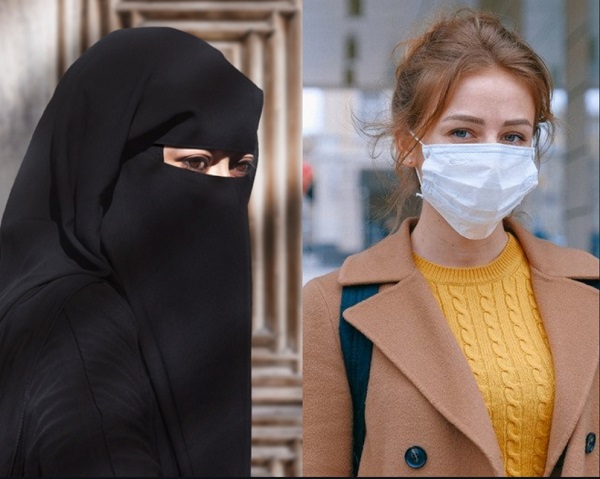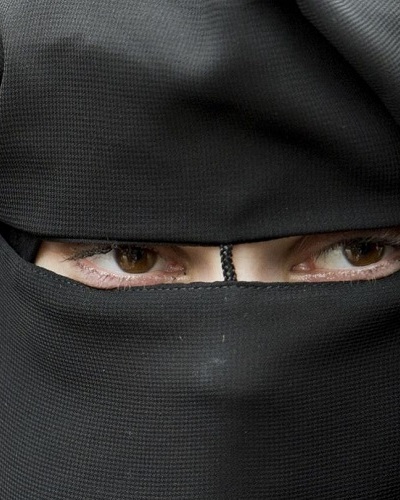Niqab: Is this religious face covering considered as a face mask?
Conservative Muslim women everywhere in the world wear the niqab, the religious face covering. It covers the nose and the face below it. But now with the coronavirus pandemic and mandatory use of face masks in public, would these religious face coverings be counted as face masks?
Niqab and face masks-are they interchangeable?
The womenfolk in Islamic culture cover their face every time they go out. They use a niqab which is a religious covering for the face. The whole of the face including the nose is covered and only the eyes are exposed and visible.
But now with the rule of wearing a face mask compulsorily in public places and when outdoors, the question is whether the niqab would be considered a face mask? Will such women be exempt from wearing an additional face mask?

What is the solution to this dilemma?
There are nearly 0.9 billion Muslim women in the world. So they need to know what they should do about this issue. To make a cloth mask, you need two tightly woven layers of cloth. The fit around the face should be snug and there should be no gaping between the face and the mask cloth. Dr. Vinita Dubey, associate medical officer of health states:
“The purpose of the mask is to keep your respiratory germs to yourself,”
“If the religious face covering doesn’t fit snugly, one can also wear a mask — but it should go on first, underneath the veil or scarf.”

“A person who wears a religious sign made of fitted fabric that covers the nose and mouth does not have to wear an additional mask or face covering.”
Religious veils and protection
But will these religious veils offer protection to others when the person wearing it speaks, coughs, or sneezes? The material of the veil determines the answer. Dr. Susy Hota, medical director of infection prevention and control at Toronto’s University Health Network said:
“Ultimately you want something that’s going to filter out particles and act as an effective barrier but also balance out with breathability,”

“If you put something in front of the nose and mouth that is able to block droplets, it’ll block droplets,”
“A religious garment could theoretically still fit that role.”
The effectiveness of the religious veil depends on the material and the fitness of the skin. Zain said:
“Whether or not it has a perfect benefit, that’s really based on the material and the way it fits,”
Even if not snugly fitting, it will offer some protection. A person in Canada can ask for an exemption based on health or religious issue before he or she enters a public area. If the person is denied entry, he or she can seek assistance from the Human Rights Tribunal of Ontario or other local agencies to help resolve the issue.
Also, read Face cover: How to make children wear and keep the face mask on in public spaces?





